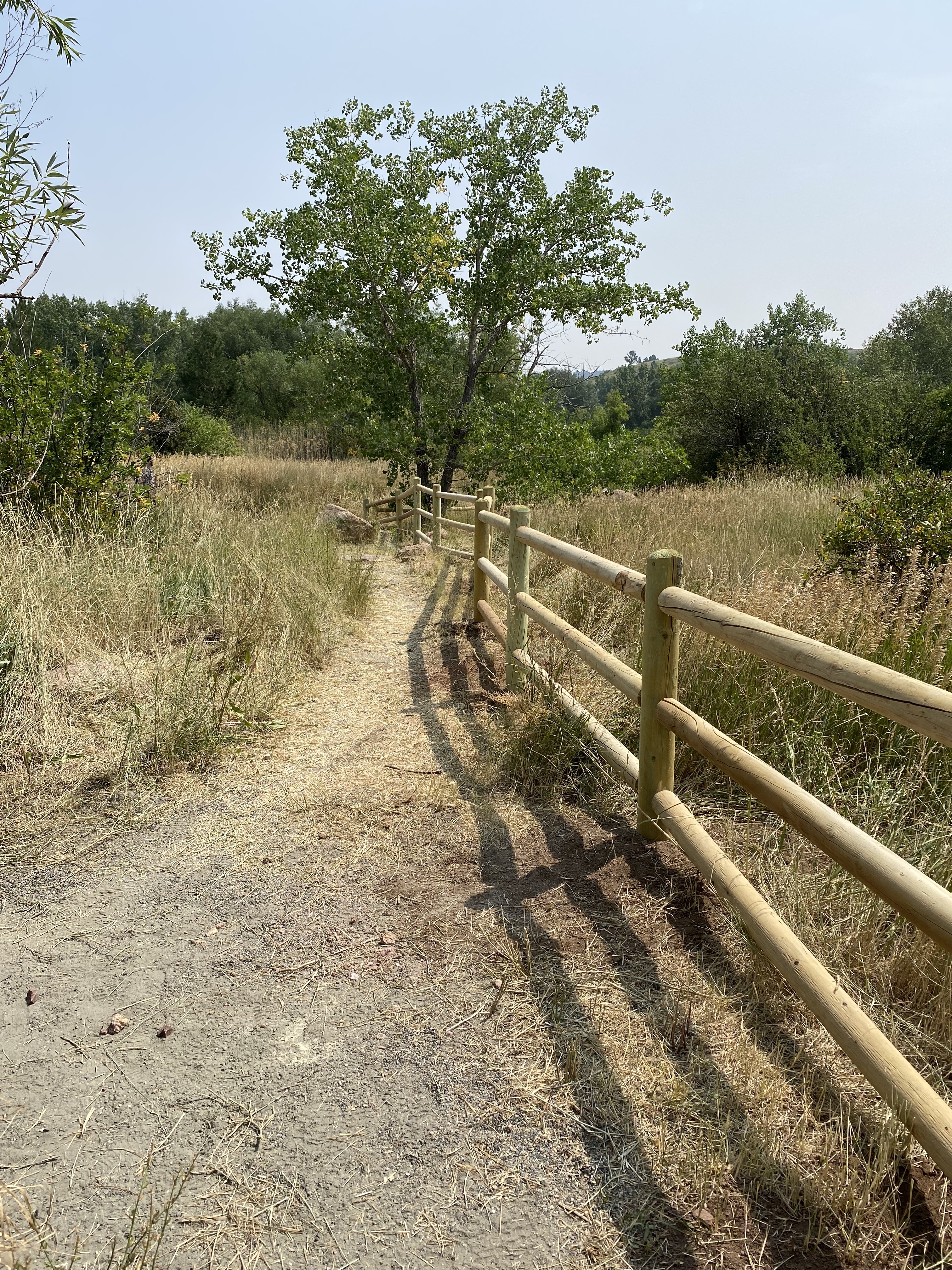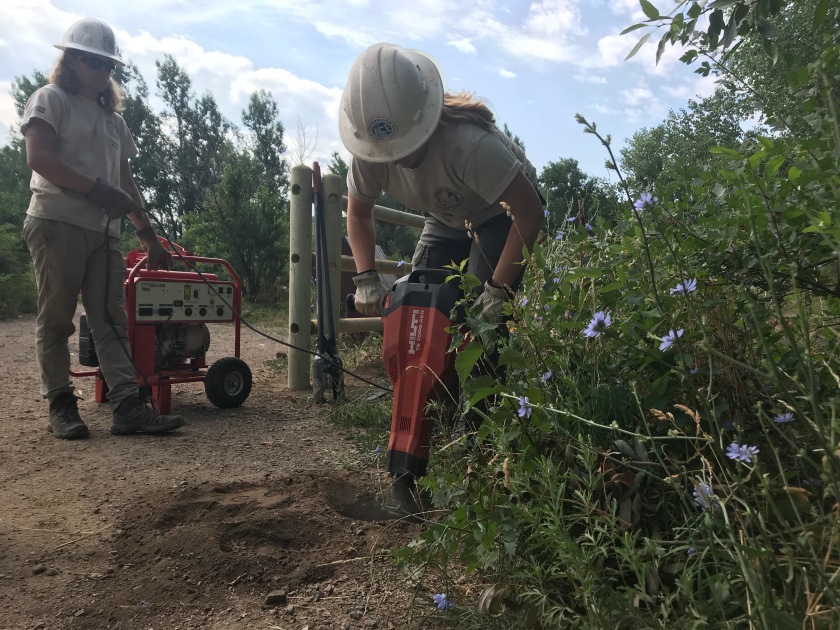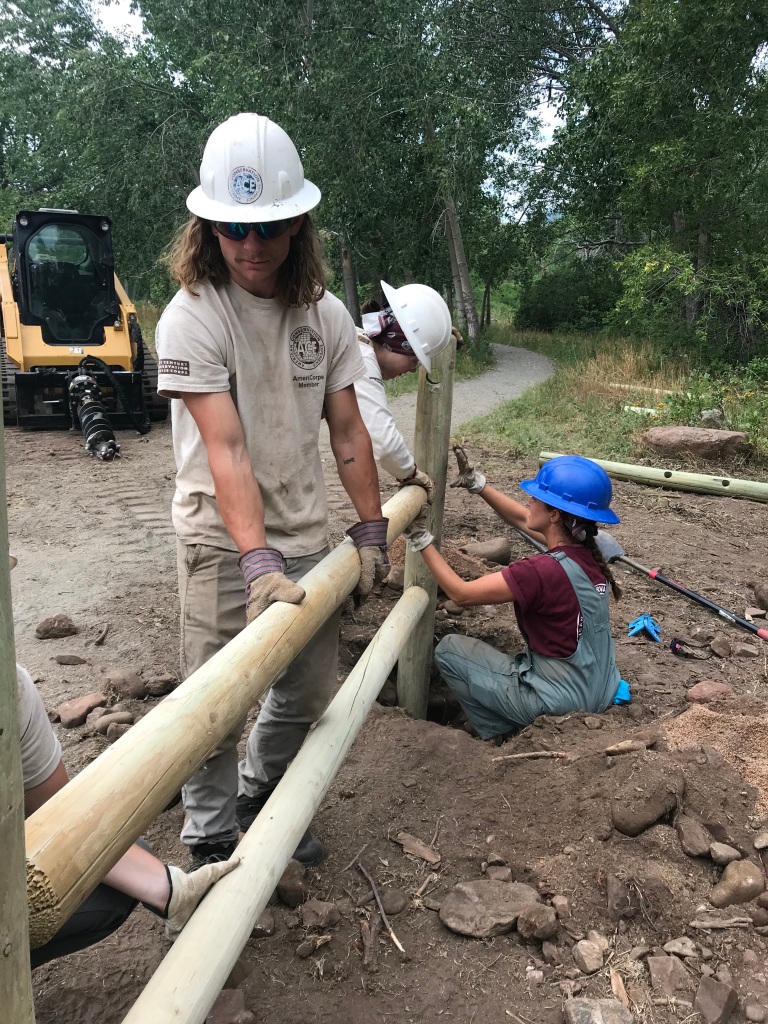What’s more difficult than removing or preventing an invasive species? Removing or preventing an invasive species that’s the size of a grain of rice, can asexually reproduce, can survive passing through fish and bird digestive tracts unharmed, and cannot be killed with chemicals. That was the task we were up against when asked to install a fence line at Boulder Creek (CO) to keep people and animals out of the water and limit the spread of the New Zealand Mudsnail.



The New Zealand Mudsnail was first found in the US in the late 1980s in Idaho. Most likely, it was brought over by contaminated ship water containing the specimen. Since then, it has begun to spread throughout the Western US and parts of the East, as the map below from the USGS shows.

These tiny snails can reproduce quickly and form freshwater colonies in dense numbers of several hundred thousand. They crowd out local invertebrates that fish and birds rely on for food and cause a decline in ecological diversity.


Unfortunately, many people (and dogs!) in Boulder, Colorado use this creek access to cool off on hot days and were upset by the installation of the new fence. However, the health of this ecosystem in particular is very important since it is a regional ecological baseline habitat. This means that scientists study the health of this specific habitat and compare it to others across the state to measure things like species diversity and the long-term effects of climate change.


The fence line itself was supposed to take only a week or two, but once we began digging the post holes we realized we would be hitting a ton of bedrock. Above, Crew Leader Rachel (left) uses a hand drill to crack rocks at the bottom of the hole. Above right, a corps member uses a jackhammer to drill through tougher bedrock.


Once the holes are drilled, we set the posts and make sure they are level before installing the rails.

Luckily, we had some incredible views of the Flatirons and plenty of trails to explore! Above: the crew takes an education day before the start of the project to explore the trails and look at some of the local birds and wildflowers.

